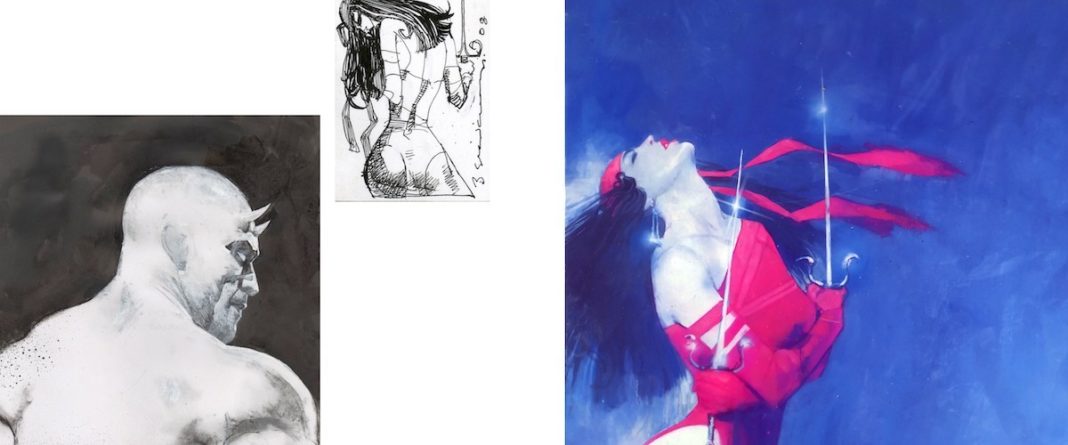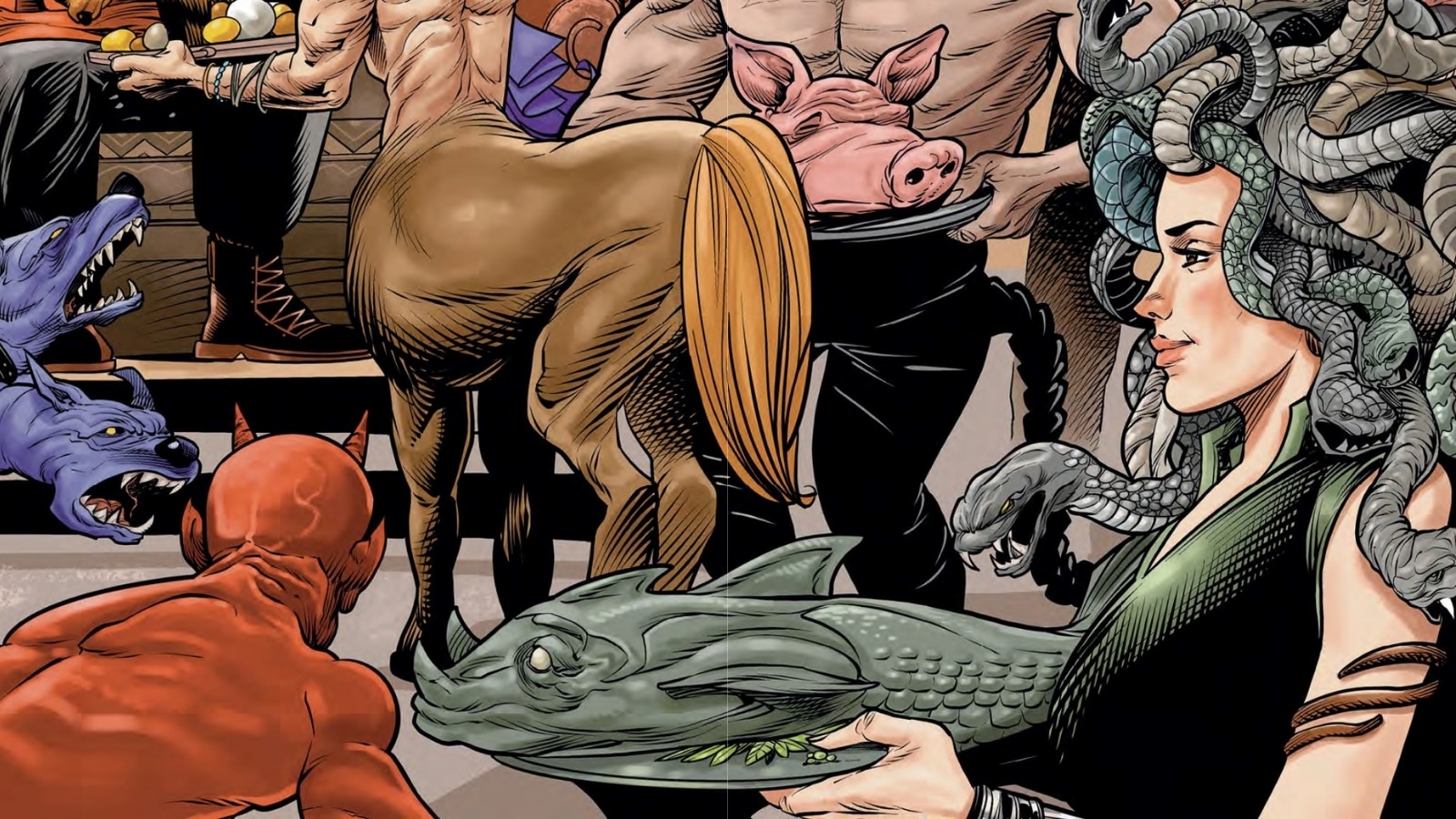Bill Sienkiewicz: Revolution, Volume 1
Written by Ben Davis
Publisher: Six Foot Press
For anyone who’s familiar with the work of Bill Sienkiewicz, it’s no surprise that the time has finally come to introduce a retrospective that celebrates the visionary legend. The first of three volumes, Bill Sienkiewicz: Revolution from Six Foot Press opens the doors to the creator’s history with jam-packed pages of how Sienkiewicz got his start, while placing the focus entirely where it’s meant to be: on a whopping 200+ pages of art.
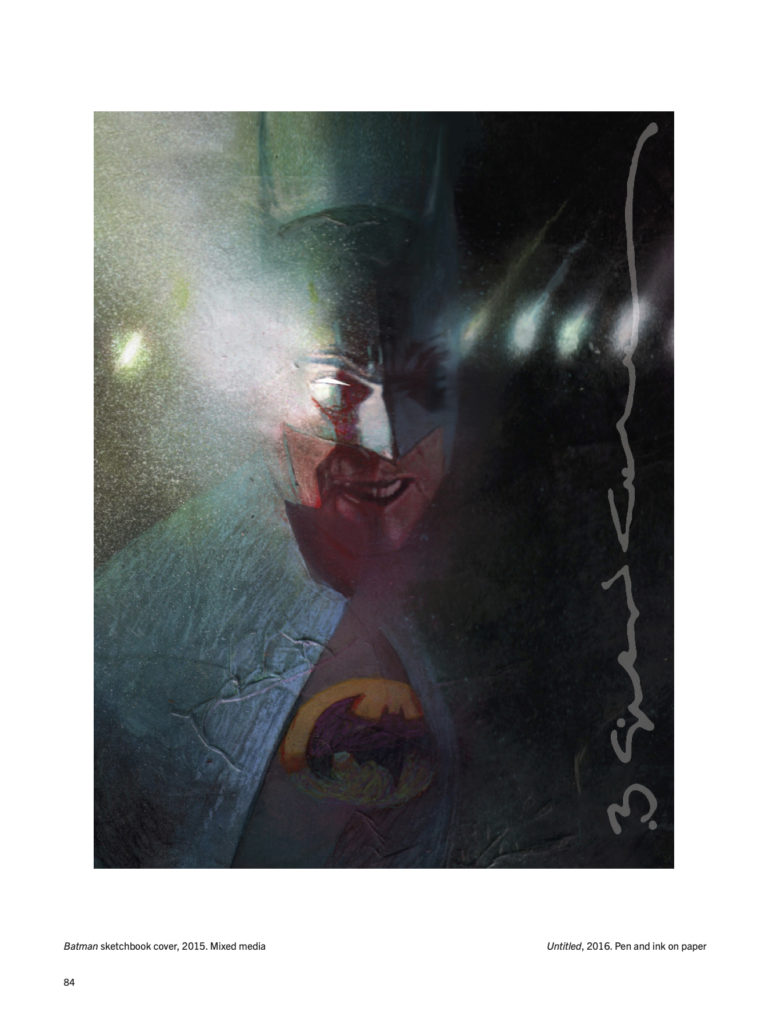
The book is split into four parts, with the first being a delightful introduction from none other than Neil Gaiman. But the second part — “Bill Sienkiewicz’s Explosive Devices” — is where the meat of the history is found in an expansive and detailed essay by Davis.
Davis does an astounding job in laying out the groundwork for bringing new fans up to speed on how Sienkiewicz got his start. But it’s not all just biographic facts as Davis goes into extraordinary detail about the psychology behind Sienkiewicz’s work, including explanations about his artistic devices on the 1980’s run of Moon Knight, as well as the stories behind his collaging techniques used on Chris Claremont’s famous run of New Mutants.
One of the particularly rewarding aspects of the essay, however, is that Davis does not sugar coat the stories. While recounting the days of Sienkiewicz’s work with writer Frank Miller on Elektra: Assassin, Davis makes a point to unveil the problem issues that publishers had with the “out there” techniques that Sienkiewicz had to offer. The same can be said for the reception of Sienkiewicz’s solo series Stray Toasters, which — though beloved and revered for it’s intensely abstract visuals in hindsight— was misunderstood by both publishers and fans at the time, and Davis is more than happy to deftly explain the paradoxes that Sienkiewicz’s signature is synonymous with.
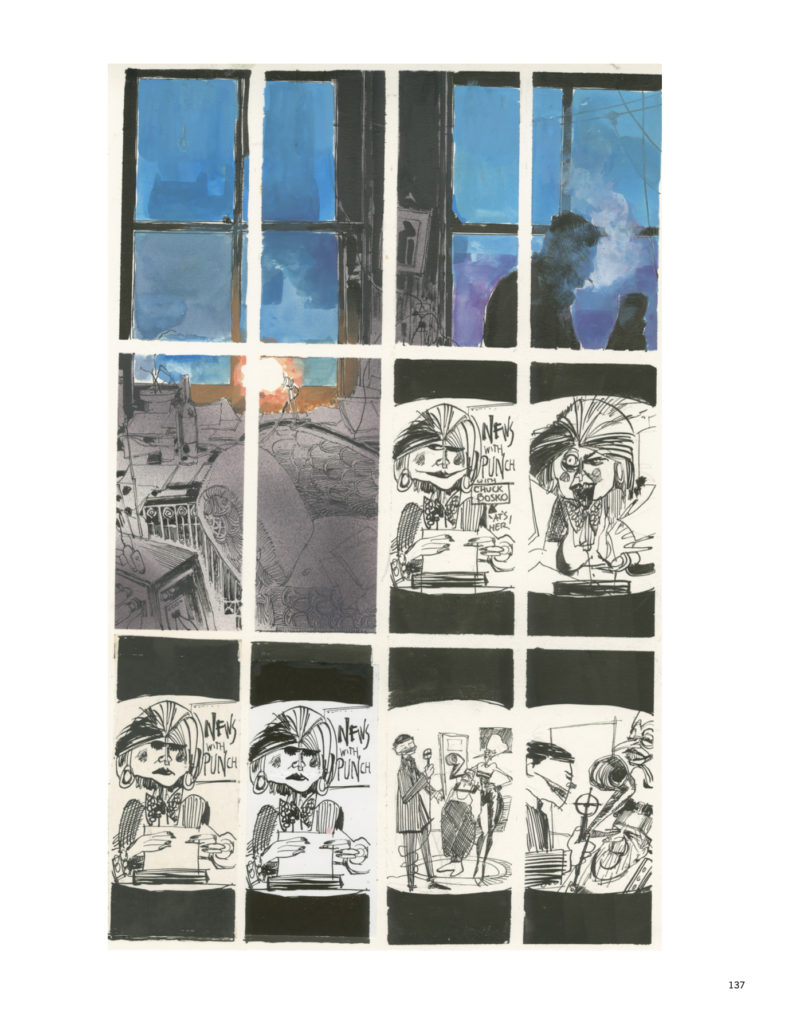
The third part of the book is simply an interview between Chul R. Kim and Sienkiewicz. There have been plenty of interviews with the mastermind creator over the years, but as a reader, I can assure you that they picked the right one for the collection. Kim’s questions are neither leading nor invasive as they invite Sienkiewicz’s answers to run freely. From the way he approaches fine art techniques, to the way he got his start (in his own words), to the mindset that he found himself displaying in his art at various points in his career; Sienkiewicz is given the chance to lay it all out in his own words that feels not only organic and kind, but luxuriously factual.
The shining element to this retrospective is undoubtedly the generous, sprawling 60+ pages lined with nothing but Sienkiewicz’s art.
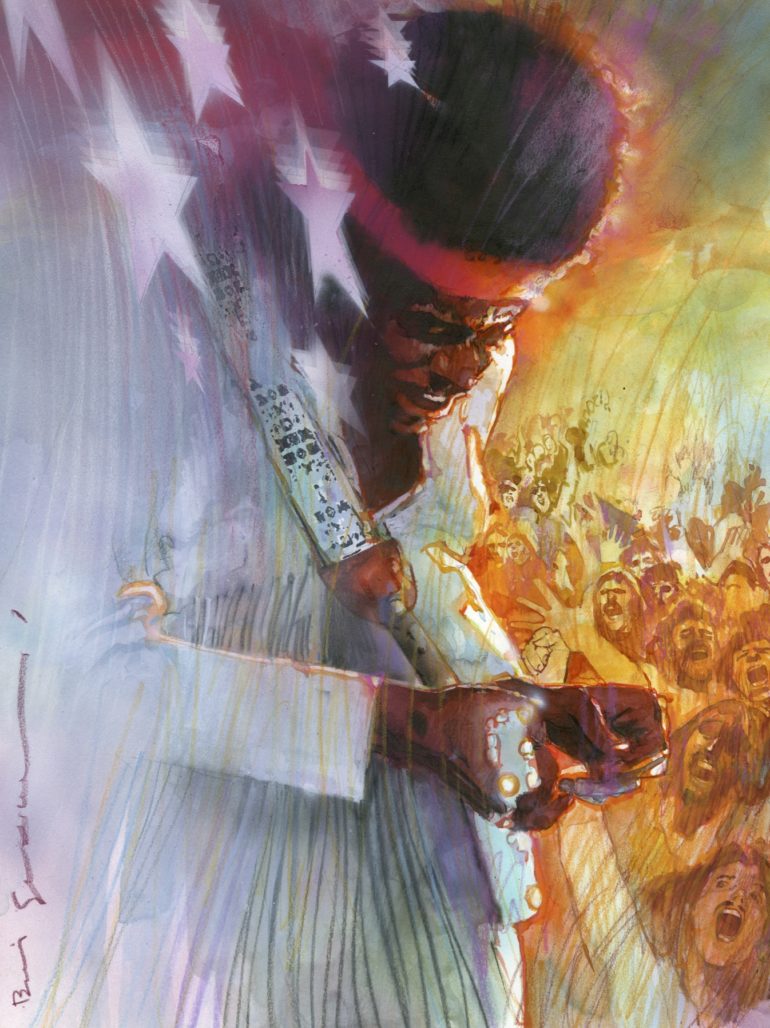
It’s not just tacked in all willy-nilly, though. In fact, just the opposite. It’s entirely clear that while Sienkiewicz’s career has spanned decades and has enough content to fill fifty books, the curation of images to showcase his career was not one taken lightly. Readers are treated to the classics that one would expect like spreads and panels from Stray Toasters, New Mutants, Batman, and Elektra that put in perspective just how many mediums Sienkiewicz has brought to the comics art world. However, the inclusion of untitled sketches, miscellaneous covers, and portraits of celebrities such as Jimi Hendrix and Aubrey Plaza — some unseen until this book — truly bring out the diversity in Sienkiewicz’s portfolio. Jumping between highlighting his indie cult status as an artist and the mindset behind the abstraction of some of comics most beloved characters, the collection ultimately acts as a stunning visual love letter to one of comics most revered artists.
Bill Sienkiewicz: Revolution Volume 1 is available now through Six Foot Press.


